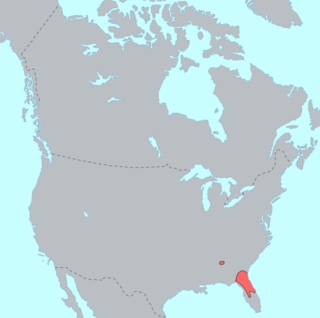This article has multiple issues. Please help improve it or discuss these issues on the talk page. (Learn how and when to remove these messages)
|
| Timucua | |
|---|---|
| Pronunciation | [tiˈmuːkwa] |
| Native to | United States |
| Region | Florida, Southeastern Georgia, Eastern Texas |
| Ethnicity | Timucua |
| Extinct | late 18th century |
| Dialects |
|
| Published in the Spanish alphabet, 1612–1635 | |
| Language codes | |
| ISO 639-3 | tjm |
tjm | |
| Glottolog | timu1245 |
 Pre-contact distribution of the Timucua language. The Tawasa dialect, if it was Timucua, would have been geographically isolated in Alabama | |
Timucua is a language isolate formerly spoken in northern and central Florida and southern Georgia by the Timucua peoples. Timucua was the primary language used in the area at the time of Spanish colonization in Florida. Differences among the nine or ten Timucua dialects were slight, and appeared to serve mostly to delineate band or tribal boundaries. Some linguists suggest that the Tawasa of what is now northern Alabama may have spoken Timucua, but this is disputed.
Most of what is known of the language comes from the works of Francisco Pareja, a Franciscan missionary who came to St. Augustine in 1595. During his 31 years living with the Timucua, he developed a writing system for the language. From 1612 to 1628, he published several Spanish–Timucua catechisms, as well as a grammar of the Timucua language. Including his seven surviving works, only ten primary sources of information about the Timucua language survive, including two catechisms written in Timucua and Spanish by Gregorio de Movilla in 1635, and a Spanish-translated Timucuan letter to the Spanish Crown dated 1688.
In 1763 the British took over Florida from Spain following the Seven Years' War, in exchange for ceding Cuba to them. Most Spanish colonists and mission Indians, including the few remaining Timucua speakers, left for Cuba, near Havana. The language group is now extinct.